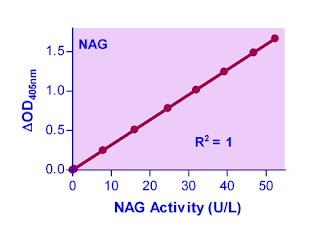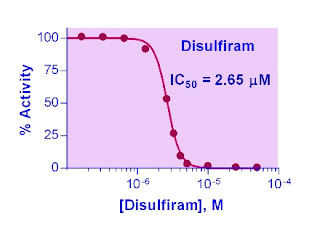ALT Assay Kit
Majority
of the ALT assay kits that are available nowadays are said to be sufficient
when it comes to 100 odd fluorometric and colorimetric tests. It is always
better if these kits can be stored in temperatures of -20 degrees Celsius. These
can be used for human beings as well as mice and rats.
Description of ALT Assay Kit
ALT
or Alanine Aminotransferase is also referred to as serum glutamic-pyruvic
transaminase (SGPT). It is basically an enzyme that is dependent on
pyridoxal-phosphates. It has also been described as homodimeric and it plays a
catalytic role in the context of transferring amino group to α-ketoglutarate. This
is a transfer that can be reversed. In the process of the aforementioned
transfer the kit generates glutamate and pyruvate. ALT is normally seen in
organs such as serum and liver. However, that does not mean it does not occur
in other tissues of a body. When someone suffers an injury, which is
hepatocellular in nature, it is not uncommon to see serum ALT levels increase.
In fact serum ALT levels can be employed in the role of a market used in the
context of liver-related injuries.
How does it work?
The
ALT activity assay kit works by creating a procedure that is direct and simple
and can be used to measure ALT activity in a body. For this purpose these kits
use a wide range of biological samples. It is also known to work in very little
time – a quality that has endeared it to many. The tests that this kit provides
can be deemed as quick, sensitive, simple, and worth relying upon. In fact the
tests are considered to be good enough for activity assay where the rate of
throughput activity is on the higher side. These normally come with detection
limits of 10 mU for each well.
How can one determine ALT
activity?




Comments
Post a Comment